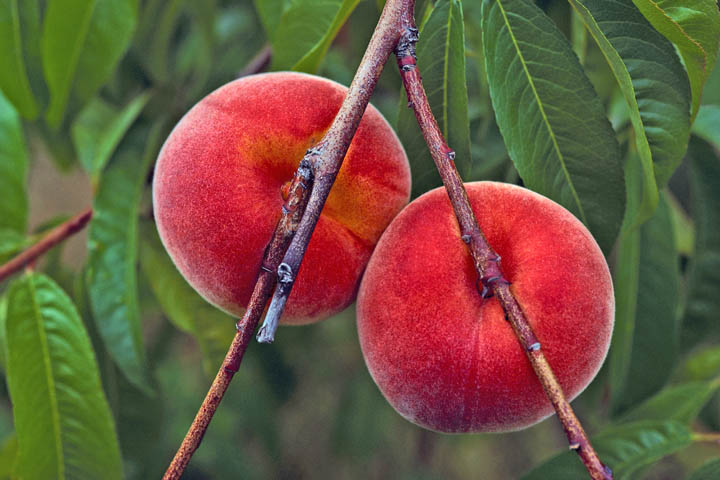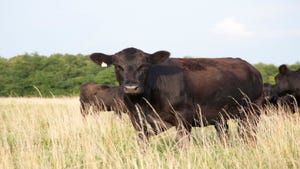February 2, 2011

"Fire gel" is being tested by U.S. Department of Agriculture (USDA) scientists as an effective way to help tiny worms protect peach and other stone fruit trees from devastating borer pests.
The tiny worm is a beneficial nematode called Steinernema carpocapsae, which is a biological control agent against the borers and other insect pests. But this nematode is sensitive to the sun's harmful ultraviolet rays and heat, both of which can cause desiccation—extreme dryness.
To protect the nematodes from drying out and dying, Agricultural Research Service (ARS) entomologists David Shapiro-Ilan and Ted Cottrell, with the agency's Southeastern Fruit and Tree Nut Research Laboratory in Byron, Ga., tested the same type of "fire gel" that has been used to help prevent the spread of fire to residential and commercial structures. ARS is the chief intramural scientific research agency of USDA.
In firefighting, the water-laden gel creates a barrier between the fire and the structure it's protecting, preventing the spread of fire. This barrier property could also serve as a moisture "blanket" for the beneficial nematodes, allowing them to attack pests above ground without being affected by the harmful effects of the sun.
After two years of testing, a nontoxic, environmentally friendly brand of fire gel called Barricade appeared to be the most effective treatment. The test results show the gel-nematode combination left only 30 percent of the lesser peach tree borers alive in 2008, compared with 100 percent initial survival, and none of the borers survived in 2009.
Two species of borers attack peaches-lesser peachtree borers, which attack the aboveground portions of the peach tree, and peachtree borers, which attack tree roots. In laboratory settings, S. carpocapsae nematodes proved effective in killing both borer species.
The nematodes are efficient at controlling the underground dwelling peachtree borer, but lose their effectiveness above ground. That's because the nematodes' chances of survival are far greater below ground, where the soil's moisture helps them stave off drying, than above ground, where they are exposed to the sun and heat.
Read more about this research in the February 2011 issue of Agricultural Research magazine.
You May Also Like




